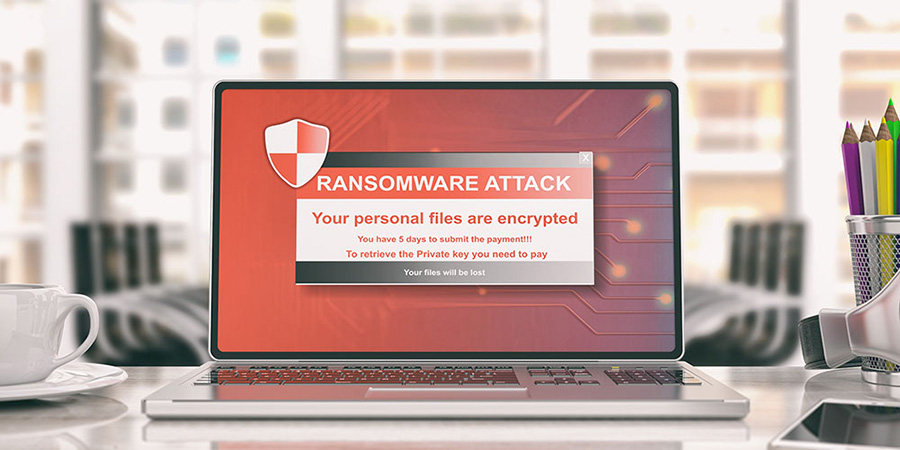In our last blog, we briefly introduced disaster recovery solutions as part of the business continuity family. However, disaster recovery is arguably the most important aspect of your business continuity plan. Today’s blog will go over some of the basic concepts and strategies that are available with disaster recovery solutions.
Since every business operates differently, disaster recovery solutions offer a diverse selection of strategies to work with any business regardless of size or investment capability. Since some businesses can operate with minimal data, they do not need to over invest in securing their vital information.
While other methods are available, the primary types of file backup are either file or image based backups. File based solutions backup each file independently whereas and image based approach allows for a faster more streamlined solution as it backups files through image capturing which is more efficient and best suited for large volumes of documents.
These backups can be stored in numerous places. Everywhere from a USB device to a protected cloud server can be used to store backed up information.
This is where some of the complications and problems can arise. Since most people who run a business are experts in their craft instead of in the intricacies of data security, it is extremely important to have a clear and accurate understanding of how you are managing your disaster recovery plan.
Here are just a few of the questions that should be considered:
- Are you saving everything on a USB?
- Are you backing things up to the cloud?
- How often are these backups occurring?
- Do you have more than one redundancy to better ensure secured data?
- When was the last time your disaster recovery plan was tested?
All of these questions are important. But most importantly, as businesses grow and change, the answer to these questions may change. For example, if a business is only a few people and they store sensitive data in a few separate files, it may only make sense to secure those files. However, if the business grows and starts to migrate that data into different file groupings or create new workflows, the information may not be secured anymore since the workflow and organization has changed.
Another issue that faces people who try to manually secure information on USB devices is if a file is compromised and then unknowingly saved to the USB, then the USB becomes compromised too, along with any other computer that gets connected to this device. In this scenario, not only has the user had their data compromised on the USB, but they have also compromised other devices as well. Since many ransomware hacks have delayed enabling, people are unaware that they are putting malicious information on to their storage device.
The most important fact about disaster recovery is that there is no perfect solution. Hackers and ransomware are evolving as much as the security designed to stop them. That is why it is vital to keep your disaster recovery plan top of mind as your business grows and evolves.
There are countless examples of people how thought a simple or manual solution would be enough only to learn first hand that they were not properly secured. Hundreds of businesses get their information held by ransomware every year and for many of them it serves as a death sentence. However, for businesses that utilize proper disaster recovery practices, these threats are minimal and easily mitigated.
The key takeaways are the following:
- Have more than one redundancy. If you have an on-site solution, consider adding a remote cloud backup to ensure your data is safe.
- Check and make sure your disaster plan is current with your business workflow no less than once a year.
- USB drives can be compromised. Unplugging something doesn’t ensure safety.
- Your backup process should be tested 1-2 times a year to ensure efficacy and timely access.
- Don’t try to figure this out for yourself. CBS and other companies have specialists that can walk you through this process to ensure you receive proper solution.
Your data matters! Make sure it is protected.
